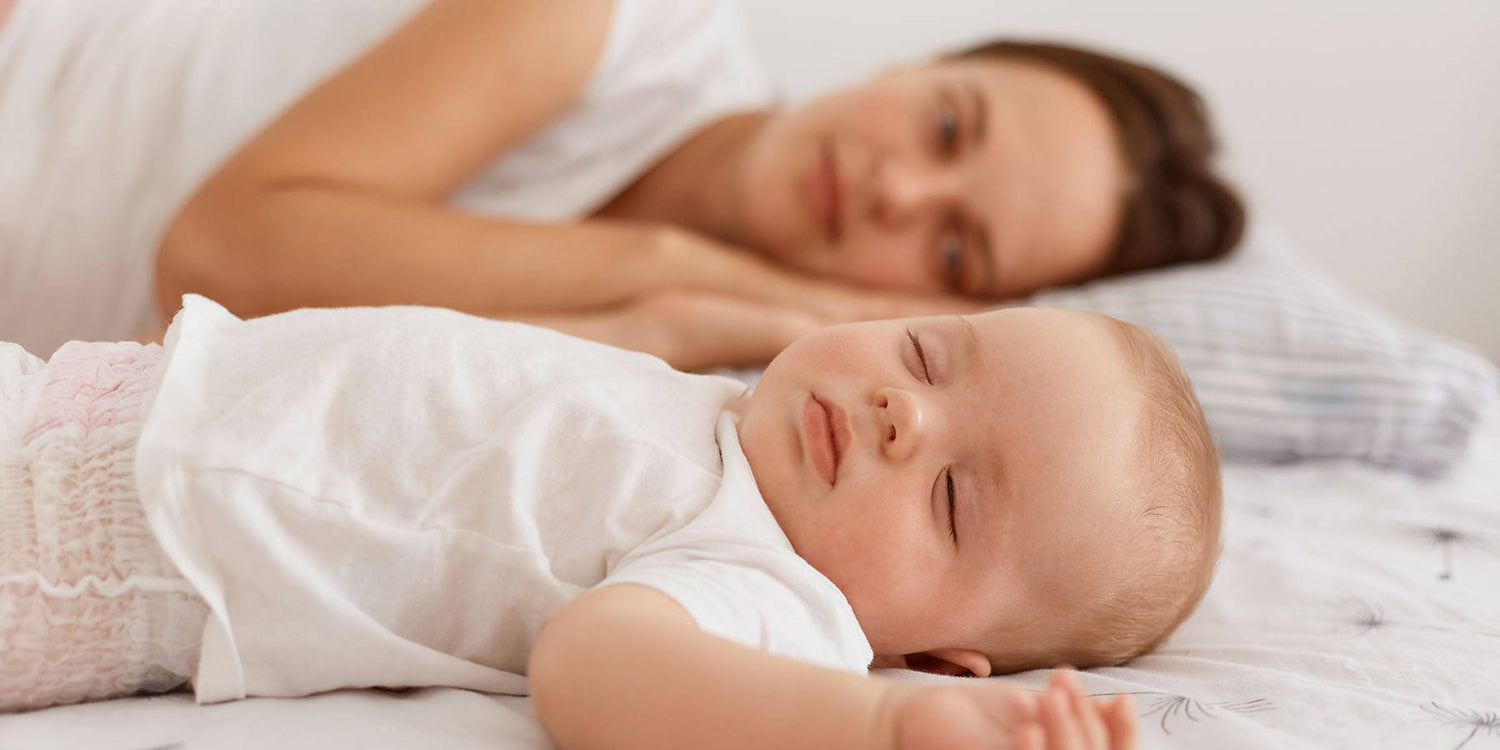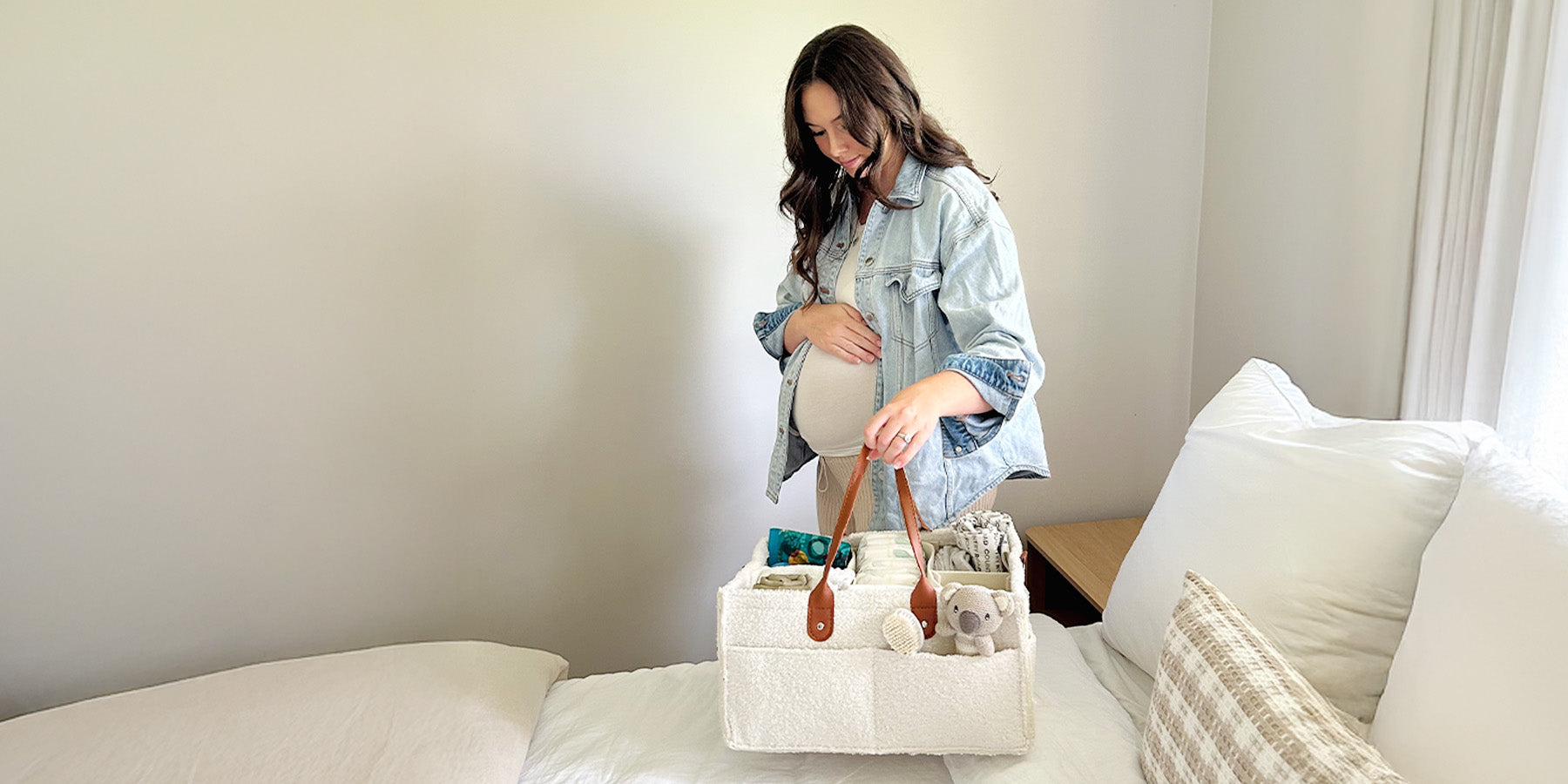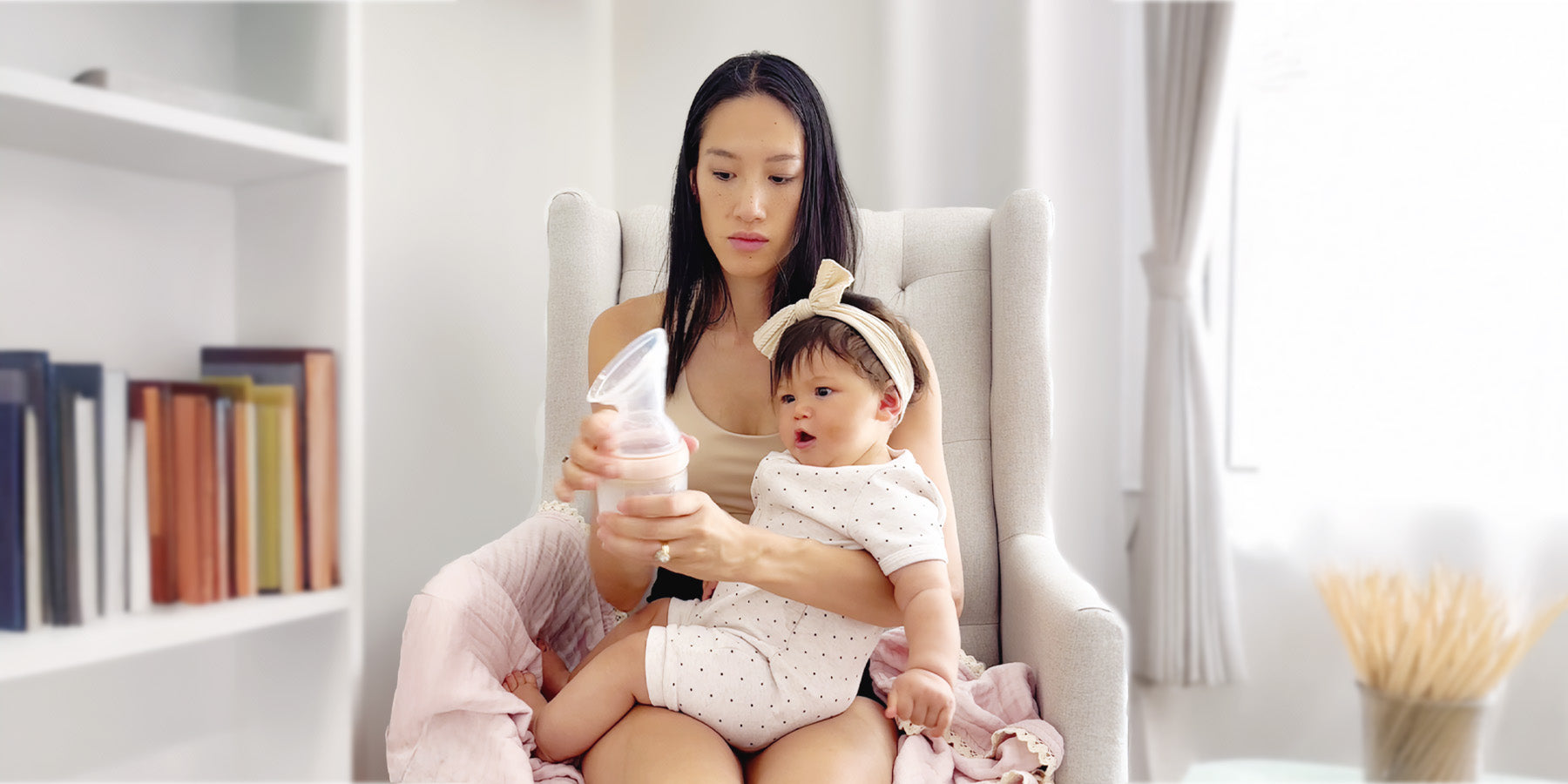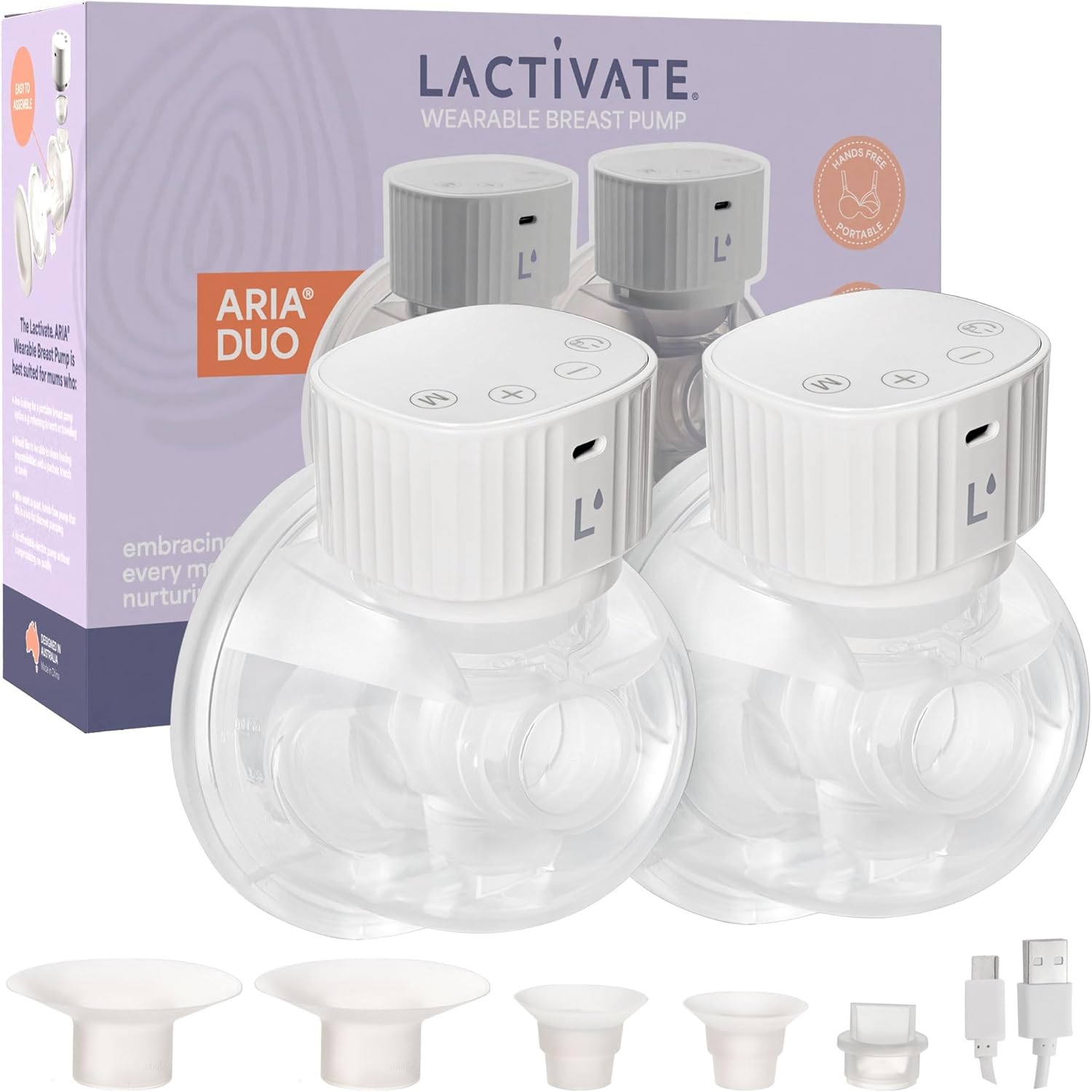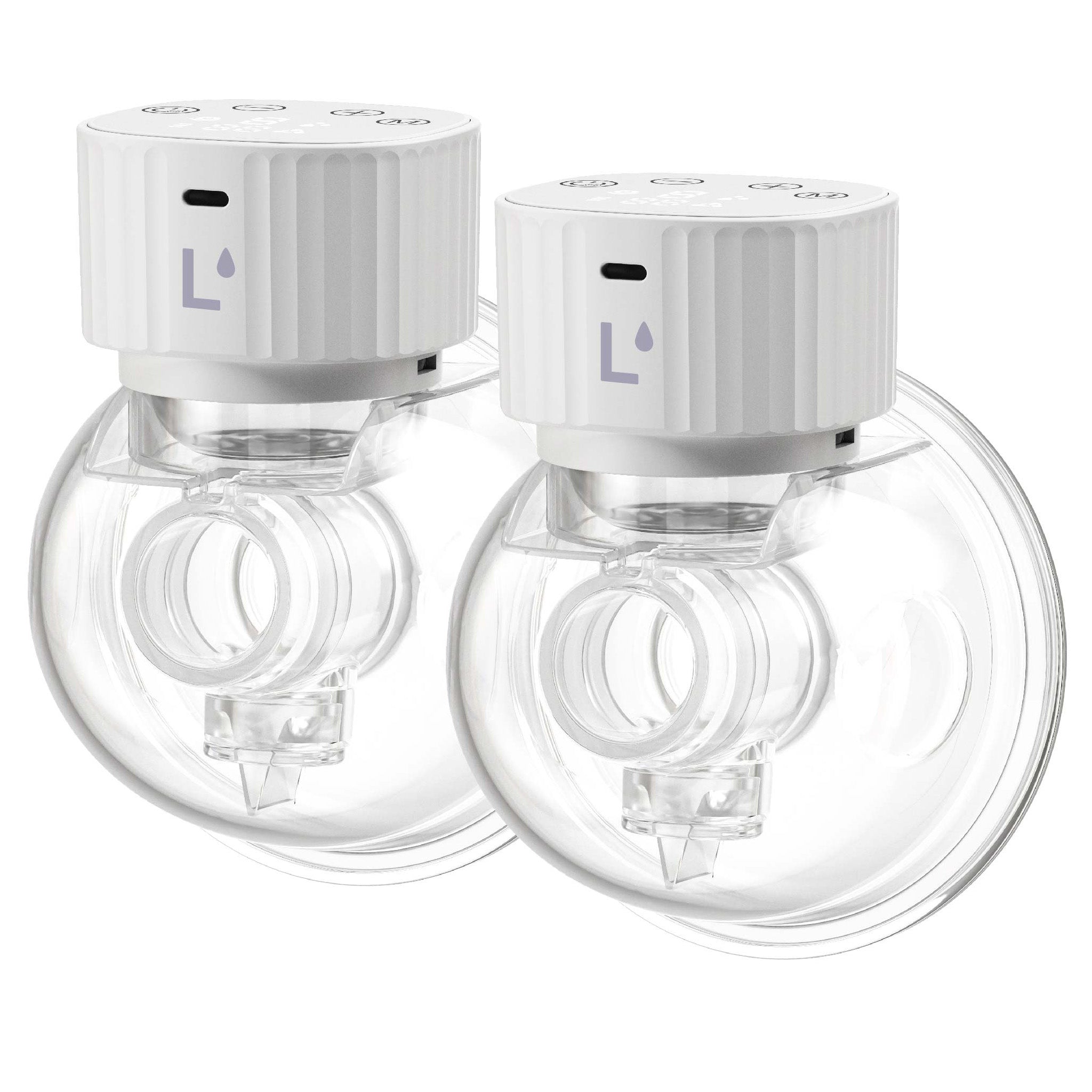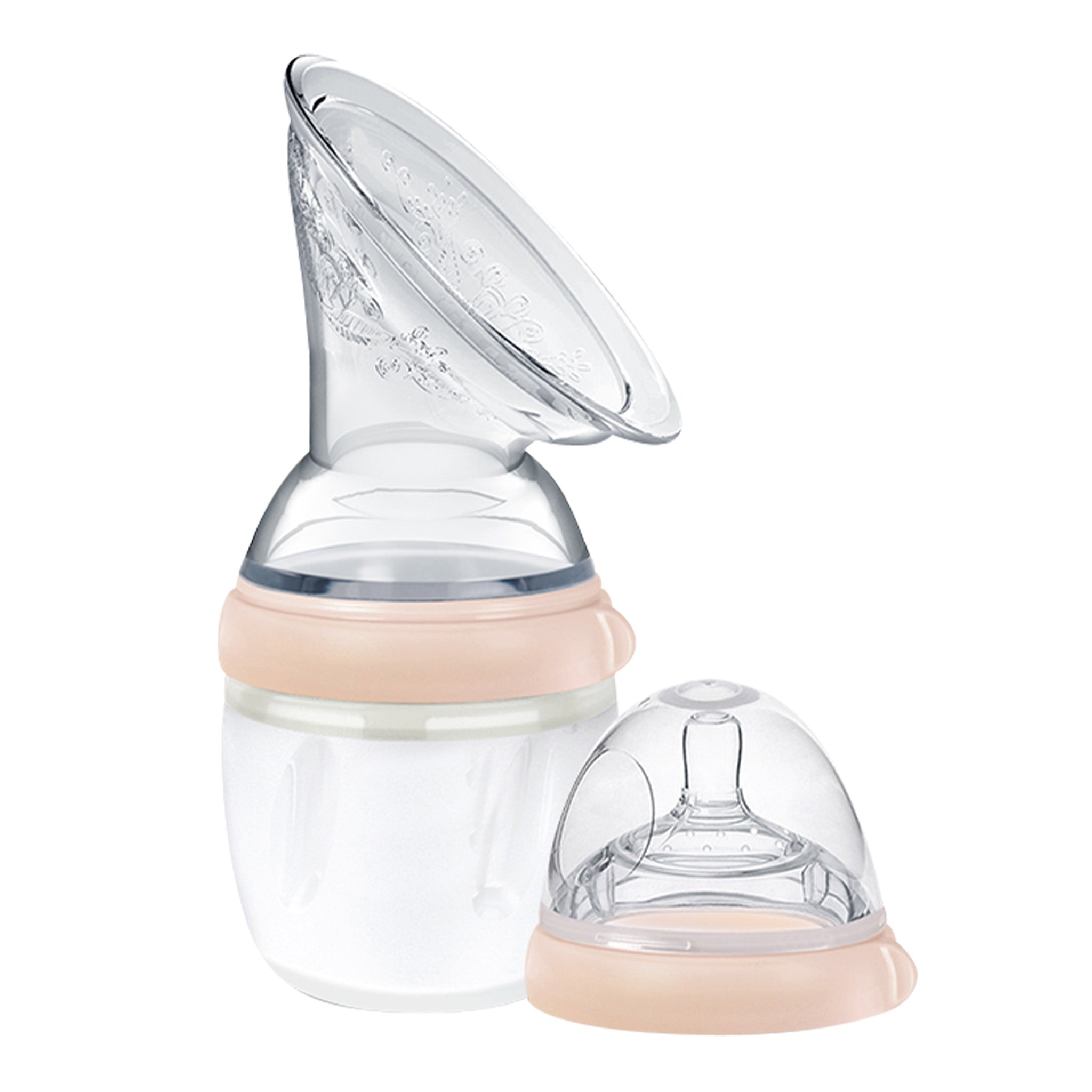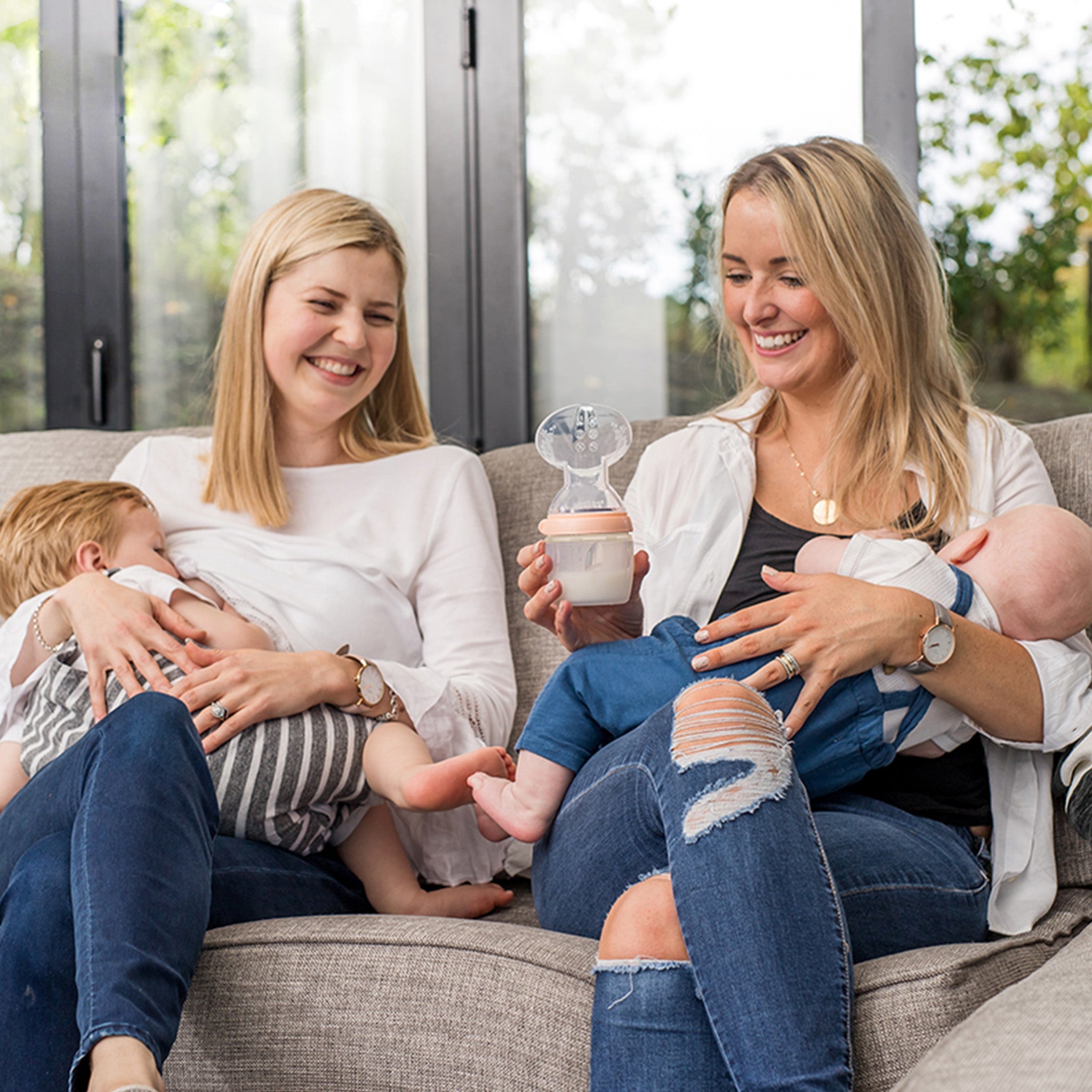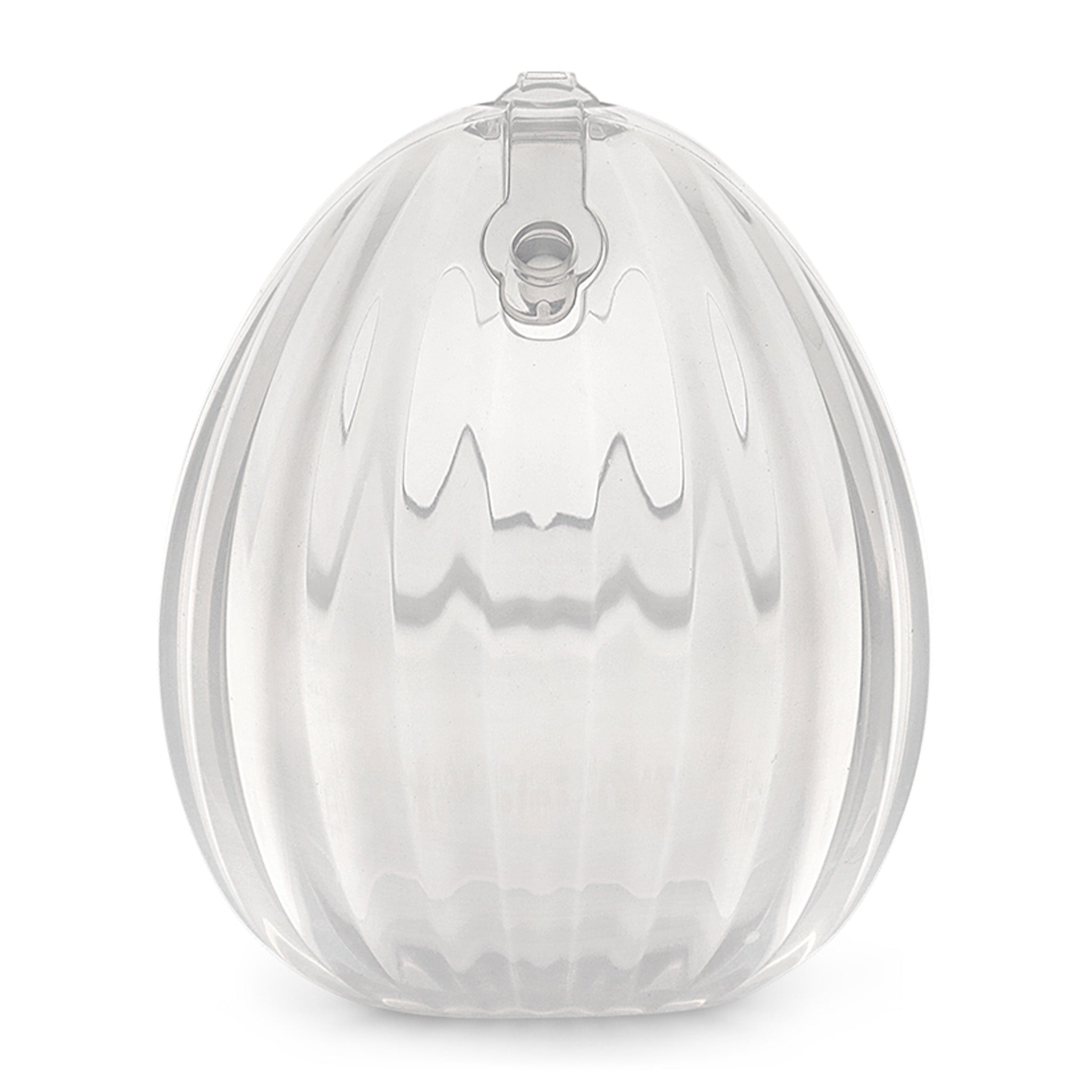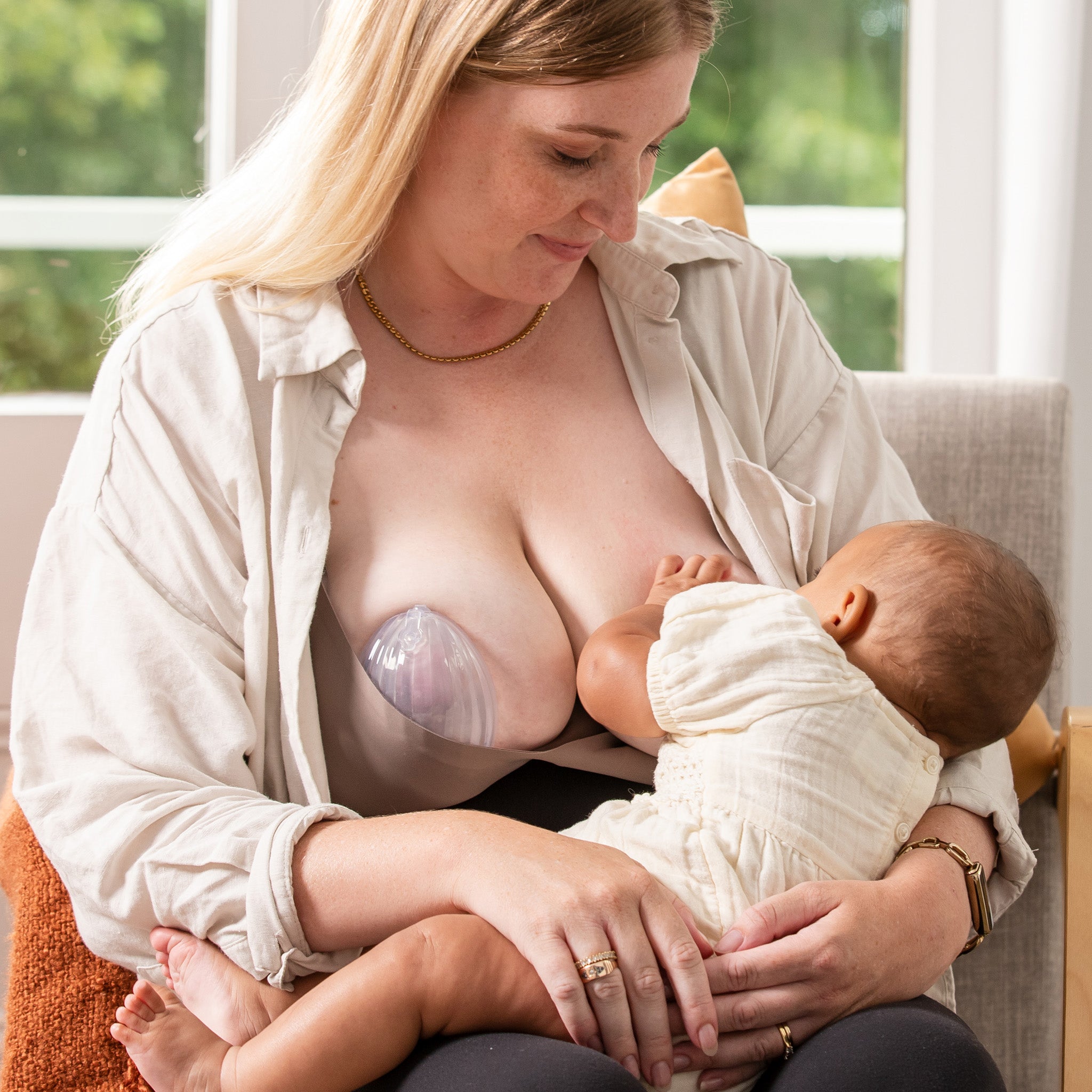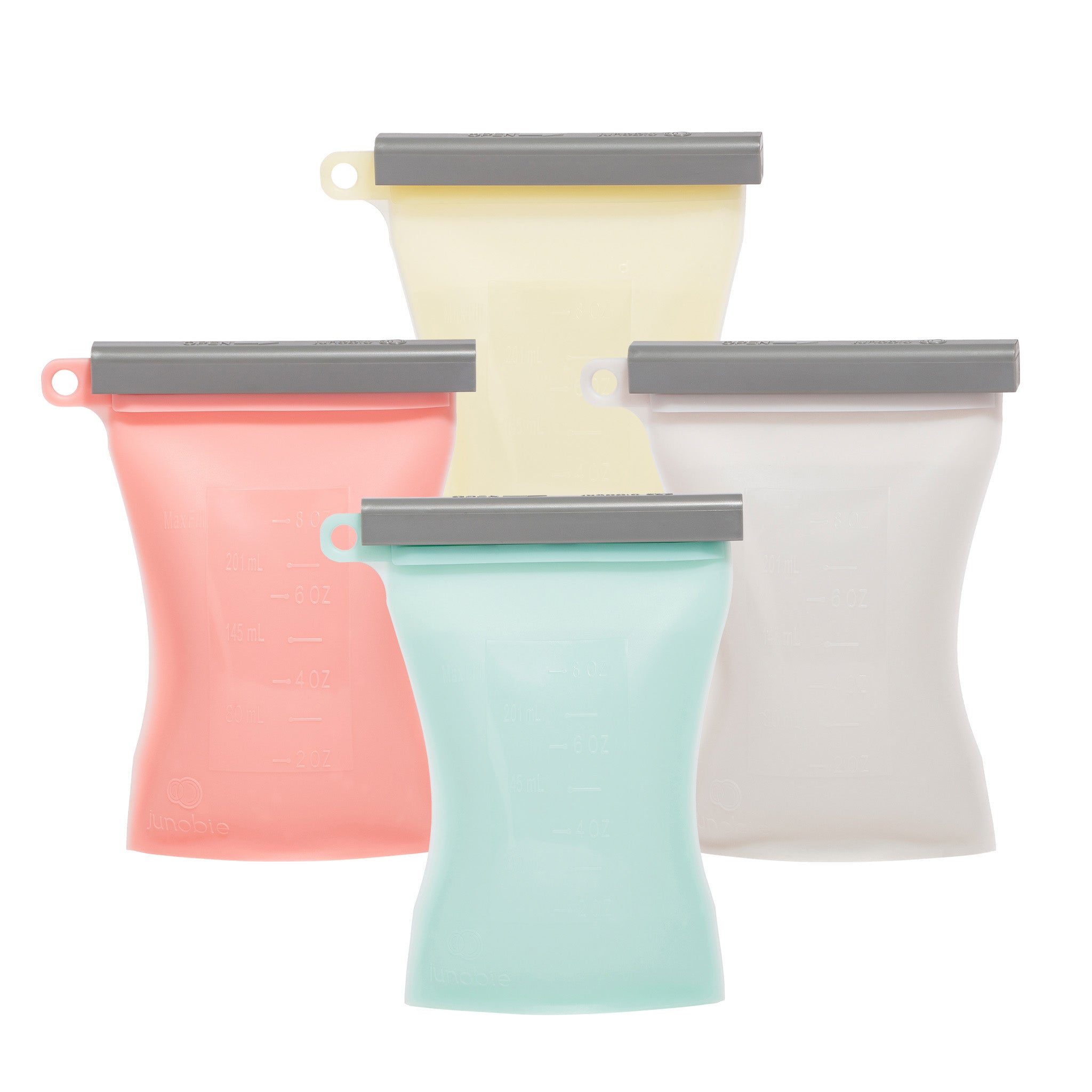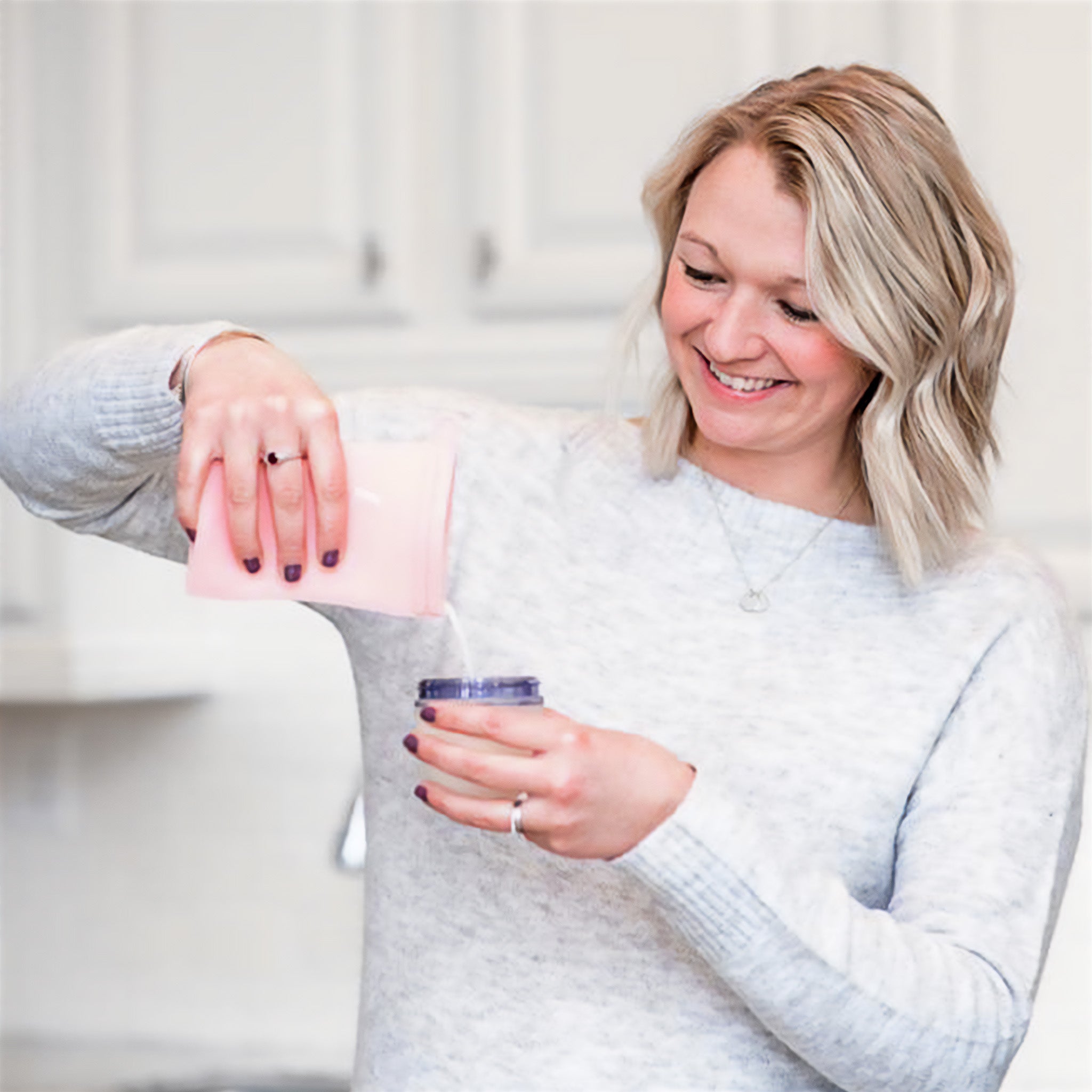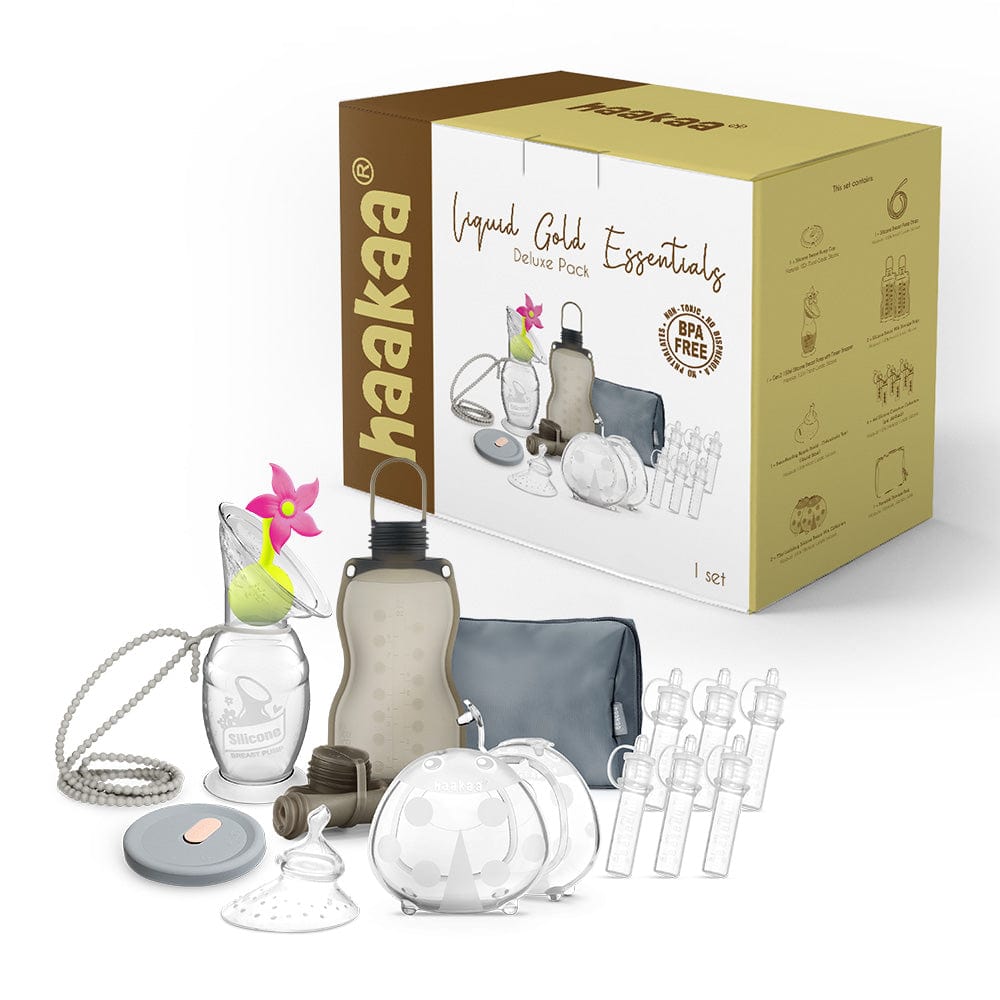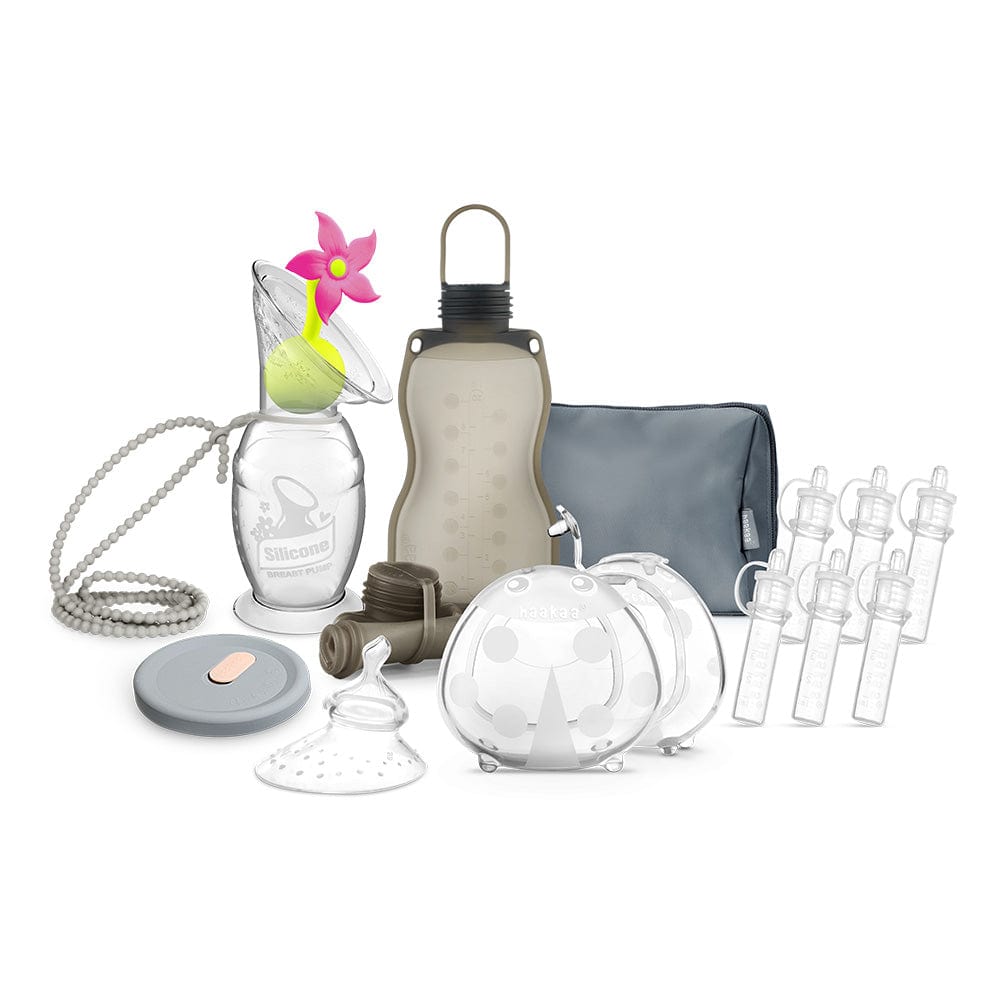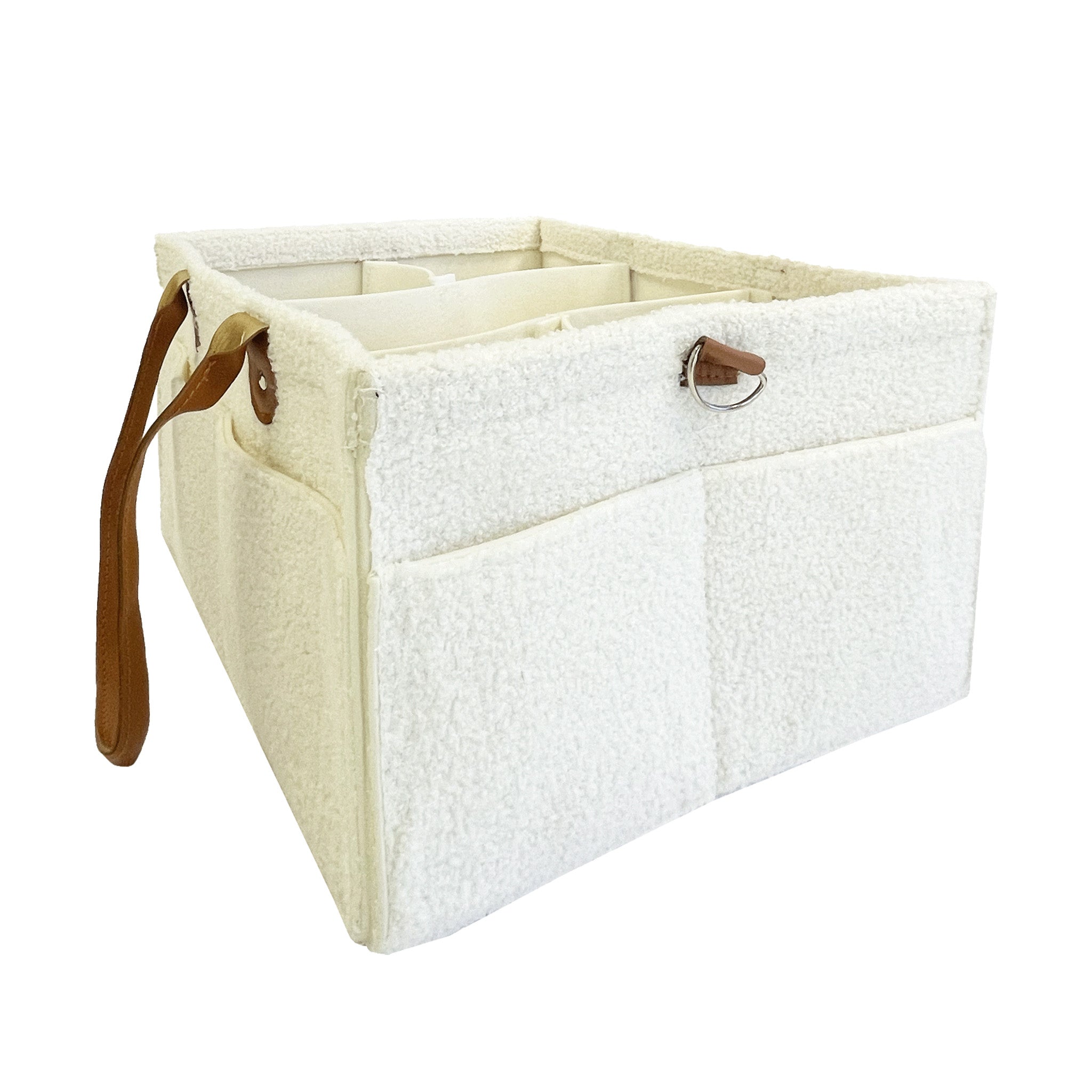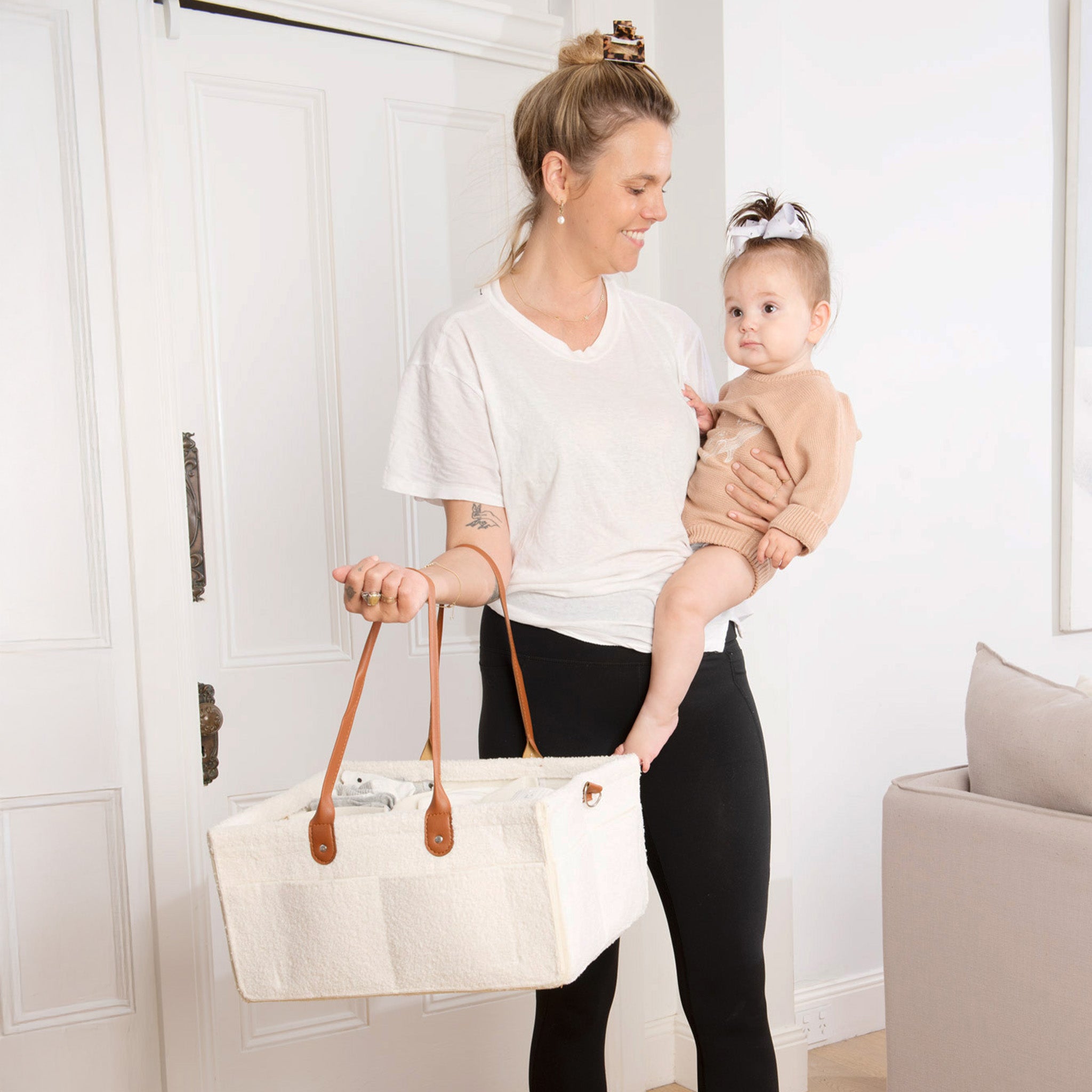Picture the scene. It’s 2am in the morning. You’ve barely slept instead treading a well-worn path between your bed and bubs bassinet. You’re breastfeeding for what feels like the 50th time and your eyes are so heavy it feels as if they’re lined with lead. You wake, with a startle, a little later to find your baby asleep next to you and no recognition of falling asleep. It’s an experience many of us are familiar with, the unintentional co-sleep. But is this something that is ok to do? What about SIDS? Or creating bad habits? Don’t panic mama, we’ve got the answers. Let’s take a look at the world of co-sleeping.
What is co-sleeping?
We probably should clarify some of the language from the onset as there can be some confusion around ‘co-sleeping’ and ‘bed-sharing’. Co-sleeping is like the umbrella term, and generally means sleeping near your baby. This could mean in the same bed, in something like a co-sleeper basinet, which attaches to the side of your bed but offers a separate sleeping space for bub, or in the same room where bub is in their own, stand-alone basinet or cot. Bed-sharing, as the title suggests, is when you share a sleeping surface with your baby. The majority of people consider co-sleeping and bed-sharing to be relatively interchangeable, but it is important to note that there are other options available under the co-sleeping umbrella.
Is co-sleeping safe?
Safety is the most asked question when it comes to co-sleeping and the answer it multi-layered. Having your baby in the same room as you, either in their own sleeping space or a co-sleeping basinet is considered extremely safe and is recommended for newborns and younger babies for the first 6 months of life. It’s also a sanity saver when you’re breastfeeding around the clock. Bed-sharing is a little more of a grey area. Red Nose Australia, Australia’s leading authority on safe sleep has this to say; “The safest place for a baby is in their own safe sleep space, we do not recommend co-sleeping. However, if you do co-sleep, it is important for you to know the safest way to do it.” When done correctly, following expert guidelines, many of the most common risks can be minimised but it is a personal choice whether you feel comfortable doing so.
It is worth considering whether you have been ‘unintentionally’ co-sleeping regularly and if so, it may be a good idea to consider the recommendations below to create the safest possible sleeping environment. The release of oxytocin during breastfeeding is shown to make us sleepy, especially at night and when sleep deprived. If you’re constantly nodding off during night feeds or considering whether co-sleeping could work for you, Red Nose Australia has the following recommendations:
- Place your baby on their back to sleep (never on their tummy or side). This helps to protect their airways.
- Keep baby’s head and face uncovered by keeping pillows and adult bedding away from your baby. Use a safe sleeping bag with no hood with baby’s arms out – don’t wrap or swaddle baby when bed-sharing or co-sleeping.
- Make sure the mattress is firm and flat. Don’t use a waterbed, or anything soft underneath – for example, a lamb’s wool underlay or pillows. This can increase the risk of overheating and suffocation.
- Tie up long hair and remove anything else that could be a strangling risk, including all jewellery, teething necklaces and dummy chains.
- Move the bed away from the wall, so baby can’t get trapped between the bed and wall.
- Make sure your baby can’t fall out of bed. Consider sleeping on your mattress on the floor if it’s possible your baby might roll off the bed.
- Create a clear space for your baby and place your baby on their back to the side of one parent away from the edge, never in the middle of two adults or next to other children or pets as this can increase the risk of overheating and suffocation.
Why co-sleep?
The above list of recommendations can be a little overwhelming and many parents may wonder why you’d even consider co-sleeping. As a mum who has co-slept with all three children, I can personally vouch for the fact that it helped me get more sleep. Once I had mastered breastfeeding lying down, co-sleeping meant I did not have to get out of bed during the night. I could roll over, feed and doze off which was a sanity saver in the early months of sleep deprivation. I used a co-sleeping basinet attached to the side of my bed when my kids were newborns and then as they got bigger, they moved into bed with me. Not all the time but definitely more nights than not. In some cultures, co-sleeping is the norm, with mothers and babies sharing a sleep surface for months, sometimes even years.
Are there times when co-sleeping is unsafe?
The short answer is yes. There are certain factors that can preclude you from co-sleeping in a safe way. You should never co-sleep if:
- You are overly tired or unwell.
- You or your partner have recently consumed alcohol.
- You or your partner smoke, even if you don’t smoke in the bedroom.
- You or your partner have taken any drugs that make you feel sleepy or less aware.
- Your baby was premature or small for their gestational age.
Co-sleeping and breastfeeding
Co-sleeping is often associated with breastfeeding which makes sense. Being close to your baby means them being close to your boobs! But on a more scientific level, research shared by La Leche League GB states that, “breastfeed babies orient themselves near their mother’s breast in bed. Research shows that mothers who bedshare with their breastfed babies adopt a naturally protective position, making smothering unlikely. This has been referred to as the ‘cuddle curl’ position.” Breastfeeding has also been shown to have a protective effect against SUIDS (Sudden Unexpected Death in Infancy). This is due to breastfed babies waking more easily and regularly along with the antibodies and white blood cells present in breastmilk.
Co-sleeping can be a wonderful option for some families but not ideal for others. The most important thing is to weigh up the safest option for you and your baby and take steps to make that work to maximise your rest. If you co-sleep and feel as if you will never get bub out of your bed, rest assured that eventually, they will sleep in their own bed (I speak from experience on that one!). If co-sleeping isn’t for you, there are still 58489 opportunities in the day for sleepy cuddles with your bub (and no tiny feet kicking you in the back all night!).
Whatever you decide, do your research and make an informed decision that works for you. You’ve got this mama!

